
Recycled Materials: A Guide for Furniture Buyers
Selected theme: Recycled Materials: A Guide for Furniture Buyers. Step into a practical, optimistic journey where design meets responsibility. Learn how to choose beautiful, durable pieces made from recycled resources—and join a growing community of conscious furniture buyers.
Recycled materials come from recovered waste streams, then processed into new inputs for manufacturing. Look for “post-consumer” content—materials reclaimed after consumer use—since it generally delivers stronger environmental benefits than “pre-consumer” scraps.

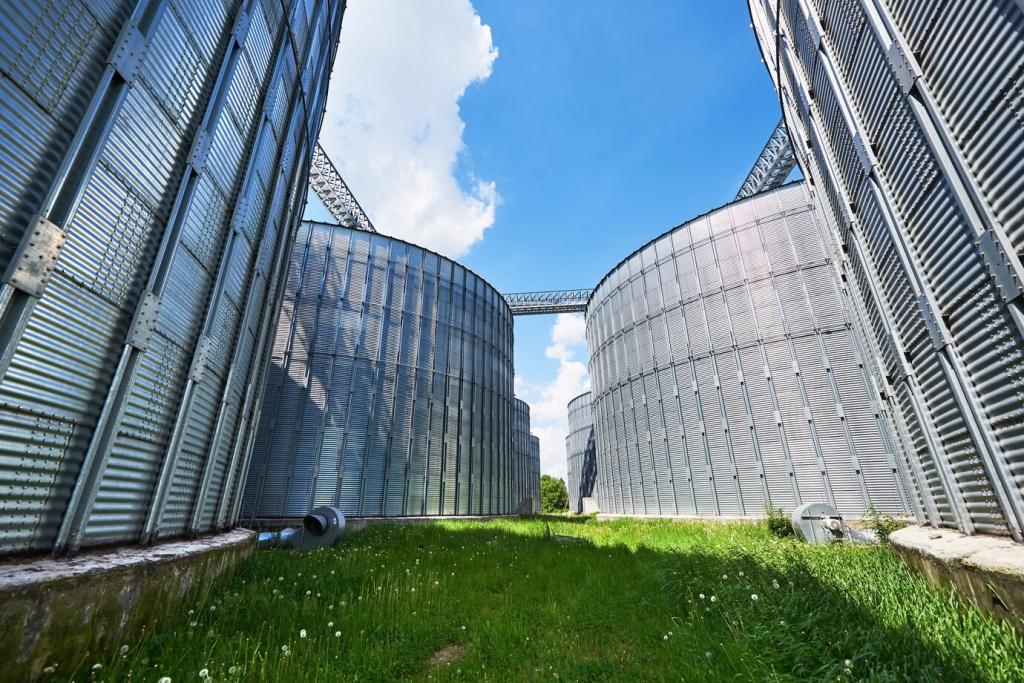

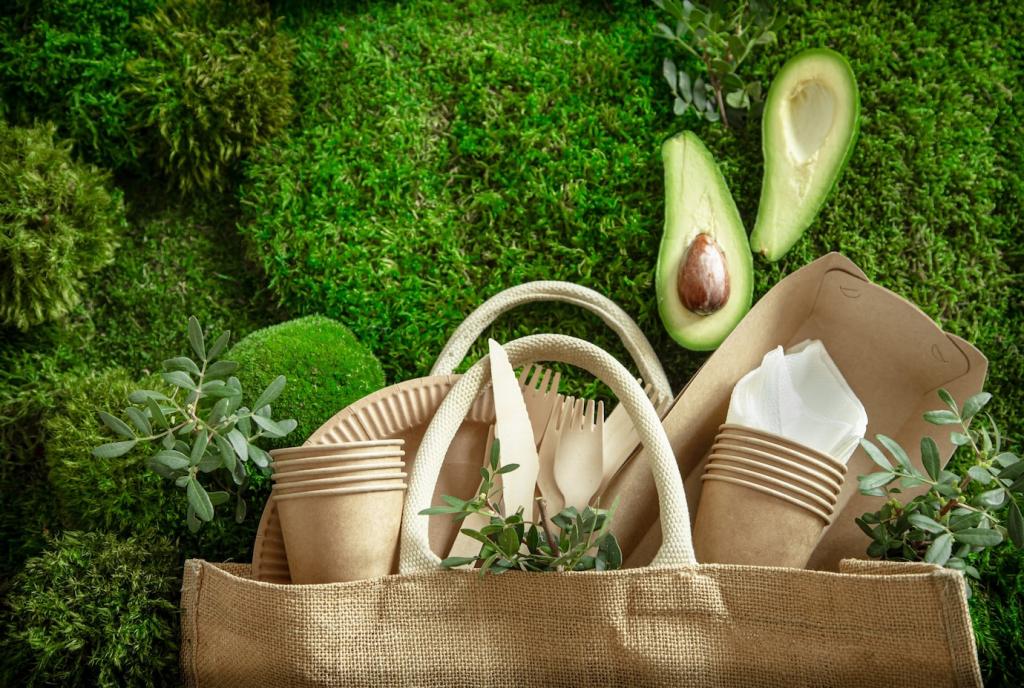
Health First: Finishes, Adhesives, and Indoor Air Quality
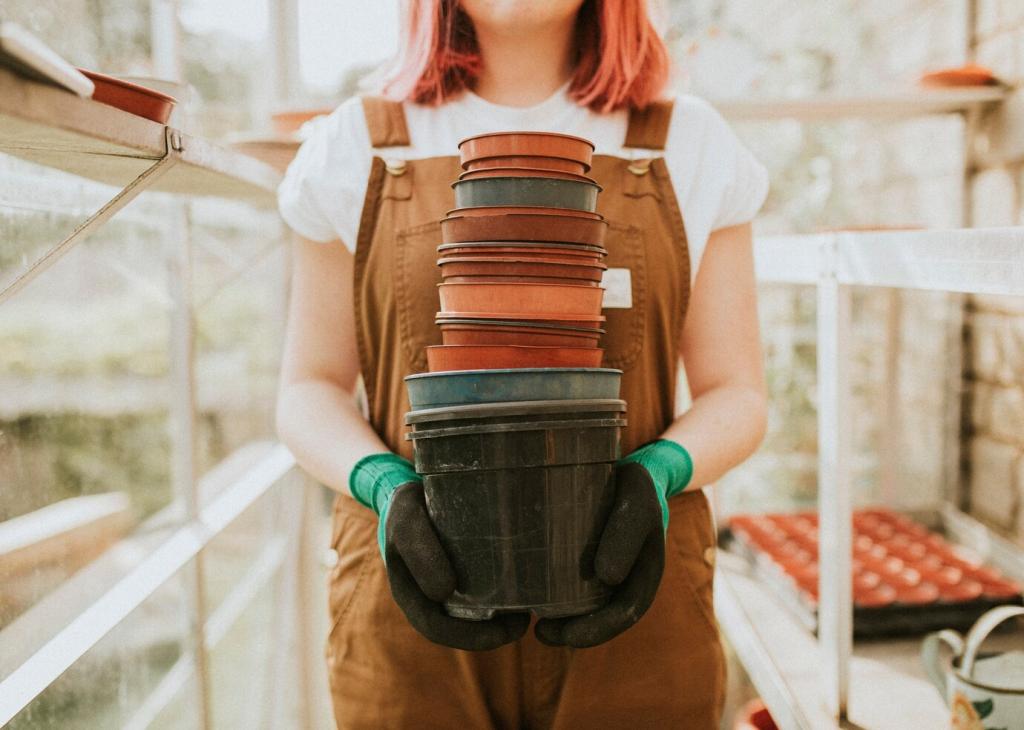
Ask for water-based, low-VOC, or plant-based finishes to keep indoor air fresh. Look for GREENGUARD Gold or equivalent certifications that indicate minimal chemical emissions, especially important in bedrooms, nurseries, and small apartments.
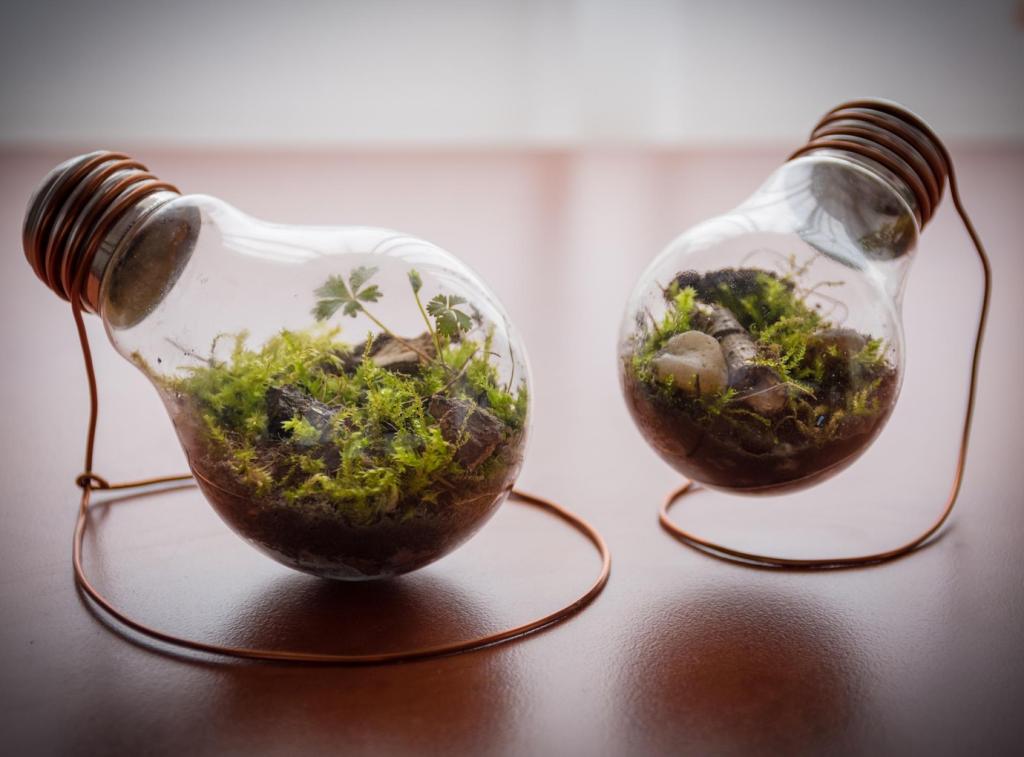
Construction cues to check in the store
Inspect joinery, weld quality, and hardware. Solid, tight connections and thoughtful reinforcement matter more than flashy finishes. Recycled content shines brightest when the frame and fasteners are built to last decades, not seasons.
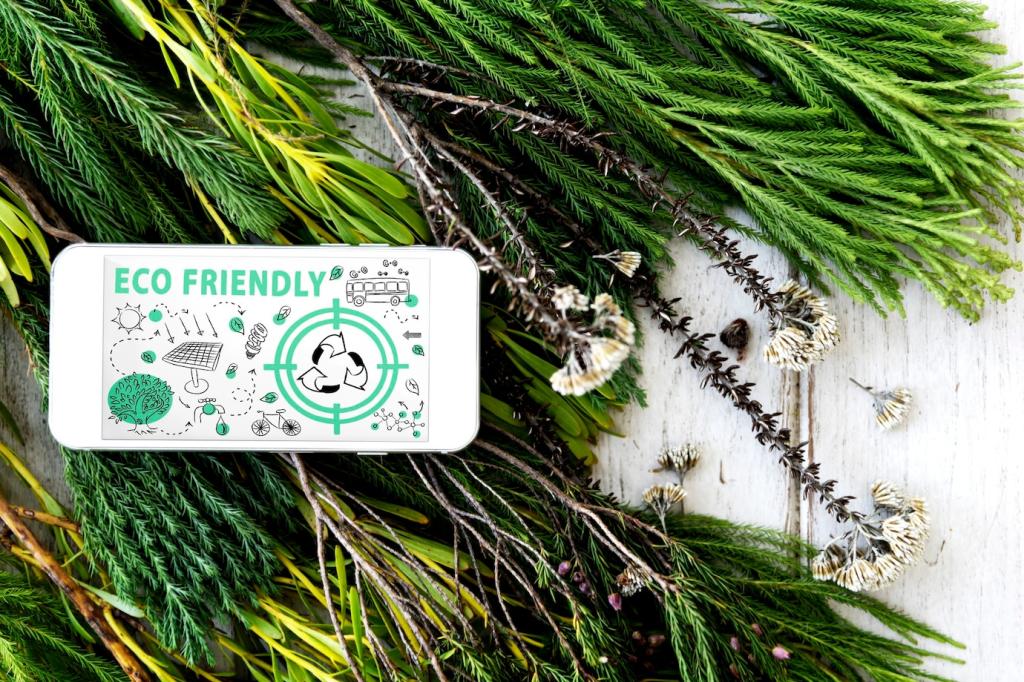
Repairability and spare parts
Ask about replaceable slats, modular panels, or standardized bolts. A company willing to sell parts or share assembly diagrams signals long-term commitment. Keep manuals and hardware lists for future fixes and upgrades at home.
Value Beyond Price: TCO, Sourcing, and Verification
Total cost of ownership made simple
A slightly higher upfront price can pay off through longer life, fewer replacements, and better resale. Track warranties and maintenance costs to compare options fairly, then share your math with readers debating a similar purchase.
Where to shop with confidence
Explore vetted local makers, vintage dealers, and remanufacturers. Community reuse centers often list furniture built from reclaimed stock. Ask sellers for material origin stories—transparent narratives often signal genuinely recycled content.
Verify, don’t guess
Request certificates, recycled content percentages, and test reports. If a claim sounds vague, ask for details in writing. Keep screenshots and receipts so you can help others in the comments confirm trustworthy sources and brands.
Take-back and trade-in options
Some brands offer take-back, refurbishment, or buyback credits. Ask about program details before purchase, including transportation and refurbishment timelines. These programs can keep materials in circulation and reduce community landfill burdens.
Design for disassembly
Favor mechanical fasteners over permanent glues where possible. Clear labeling of parts and materials simplifies future recycling. Share photos of clever disassembly features you’ve seen—we love spotlighting practical innovations from readers.
Packaging matters too
Request recycled or reusable packaging and avoid unnecessary foam. Flatten and recycle cardboard locally. If your municipality accepts it, recycle film plastics responsibly; otherwise, seek drop-off programs at participating stores or community centers.
Stories From the Floor: Real-Life Wins with Recycled Furniture
Janelle found a table crafted from reclaimed high school gym flooring, complete with faint court lines. Every dinner sparks a story about teamwork, community, and second chances—qualities that outlast trendy finishes and fast furniture.
Stories From the Floor: Real-Life Wins with Recycled Furniture
A small studio furnished an office using recycled steel frames and tops cut from decommissioned building doors. The result feels industrial yet warm, and the team proudly shares the piece’s provenance with every visiting client.
Stories From the Floor: Real-Life Wins with Recycled Furniture
Marcus chose recycled-HDPE Adirondack chairs for a windy balcony. Two years in, the color holds, fasteners are stainless, and maintenance is a quick rinse. He posted a care checklist—download it and tell us what you’d add.
